15 years one-stop China custom CNC machining parts factory
 247 |
Published by VMT at Sep 29 2024
247 |
Published by VMT at Sep 29 2024
Plastic manufacturing has become a critical part of modern production across industries like automotive, aerospace, electronics, and consumer goods. Plastics are favored for their versatility, lightweight properties, and cost-effectiveness. They can be shaped into complex geometries and tailored for various functional requirements, from durability and flexibility to chemical resistance.
Manufacturers employ a wide range of techniques for plastic production, depending on factors like part complexity, production volume, material properties, and cost constraints. In this article, we will explore the key processes involved in plastic manufacturing, the common materials used, and how to choose the right manufacturing method for your project. We’ll also cover quality control and tips for finding a reliable plastic part manufacturer.
Plastic manufacturing is a multi-step process that involves preparing materials, molding or shaping them, and finishing them to create a final product. The process chosen depends on the desired part's design, material, and production volume. Here’s a breakdown of the key manufacturing processes for plastic products.
1. Material Preparation
Before manufacturing begins, the raw plastic material must be prepared. This often involves selecting the appropriate polymer and adding any necessary additives, such as colorants, stabilizers, or plasticizers. These additives are blended with the base plastic material to enhance properties like durability, UV resistance, flexibility, or appearance.
Proper material preparation is critical for ensuring consistency and quality in the final product. Different plastic materials, such as polyethylene (PE) or acrylonitrile butadiene styrene (ABS), require specific preparation methods, including drying to remove moisture or pre-heating to achieve optimal performance during processing.
2. Polymerization
Polymerization is the chemical process that creates plastic materials by linking monomers into long-chain molecules. This process forms the building blocks of most plastics, whether they are thermoplastics or thermosetting plastics. Thermoplastics can be reheated and reshaped, making them ideal for processes like injection molding and extrusion. Thermosetting plastics, on the other hand, harden permanently after being shaped, making them more suitable for applications where heat resistance and durability are essential.
3. Additives
Additives play a crucial role in enhancing plastic material properties. Common additives include:
Choosing the right additives ensures that the final product meets performance and regulatory standards.
4. Molding/CNC Machining/3D Printing
After material preparation, the plastic is shaped using one of several manufacturing methods, depending on the design and material requirements. Common processes include injection molding, CNC machining, and 3D printing. Each method has its own advantages in terms of speed, precision, and suitability for different production volumes.
For high-precision parts, CNC machining offers tight tolerances and is often used for custom CNC machining or prototyping. 3D printing is favored for creating complex geometries in low volumes, while injection molding is ideal for high-volume production runs.

5. Finishing
Once the plastic part is formed, it undergoes post-processing steps like trimming, polishing, or painting to achieve the desired surface finish. In some cases, additional processes like UV coating or metallization are applied to improve appearance or functionality. Quality control measures are implemented throughout to ensure the part meets design specifications.
Selecting the right plastic material is critical to the success of any manufacturing project. The choice depends on the desired mechanical properties, environmental conditions, and cost considerations. Below are some of the most commonly used plastics in manufacturing, each with its own unique properties.
1. Polypropylene (PP)
Polypropylene is one of the most widely used thermoplastics due to its versatility, chemical resistance, and durability. It is often used in packaging, automotive parts, and textiles. Its ability to withstand fatigue makes it ideal for applications requiring repeated flexing, like hinges and caps.
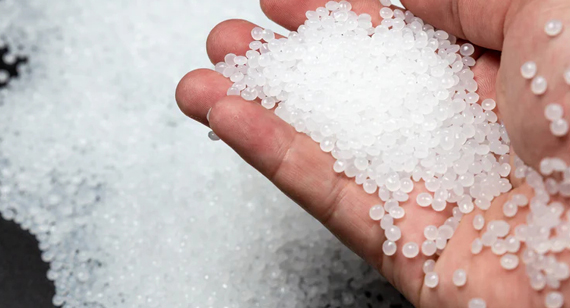
2. Polystyrene (PS)
Polystyrene is a lightweight plastic used in applications like food packaging, disposable cutlery, and insulation. It comes in two forms: solid (commonly used in products like CD cases) and foam (used in insulation or protective packaging).
3. Polyethylene (PE)
Polyethylene is another popular plastic, available in high-density (HDPE) and low-density (LDPE) forms. HDPE is strong and used in products like bottles, while LDPE is more flexible and commonly used in plastic bags or film.
4. Polyvinyl Chloride (PVC)
PVC is a strong, rigid material often used in construction, plumbing pipes, and electrical cable insulation. It is available in flexible and rigid forms, offering versatility for a variety of applications.
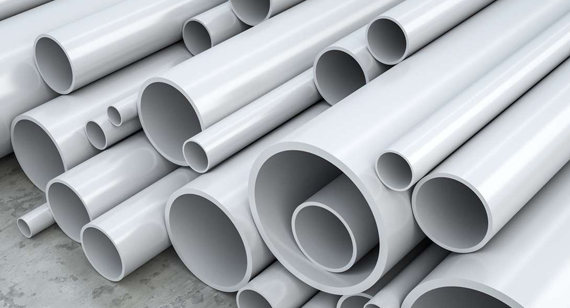
5. Polyethylene Terephthalate (PET)
PET is widely used for making bottles, food containers, and textiles. It offers excellent clarity, strength, and recyclability, making it an environmentally friendly option for packaging.
6. Acrylonitrile Butadiene Styrene (ABS)
ABS is a tough, impact-resistant plastic used in automotive parts, consumer electronics, and LEGO bricks. It is easily machined, making it a favorite for CNC machining parts and prototypes.
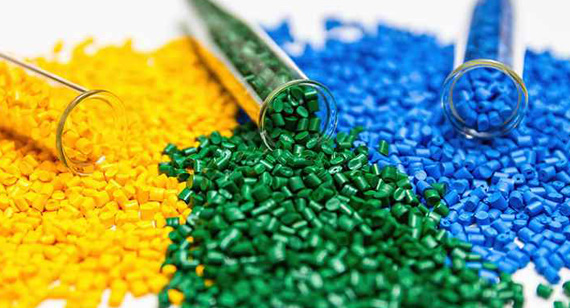
7. Polymethyl Methacrylate (PMMA)
PMMA, or acrylic, is known for its clarity and strength, often used as a lightweight alternative to glass. It is commonly used in optical applications, signage, and displays.
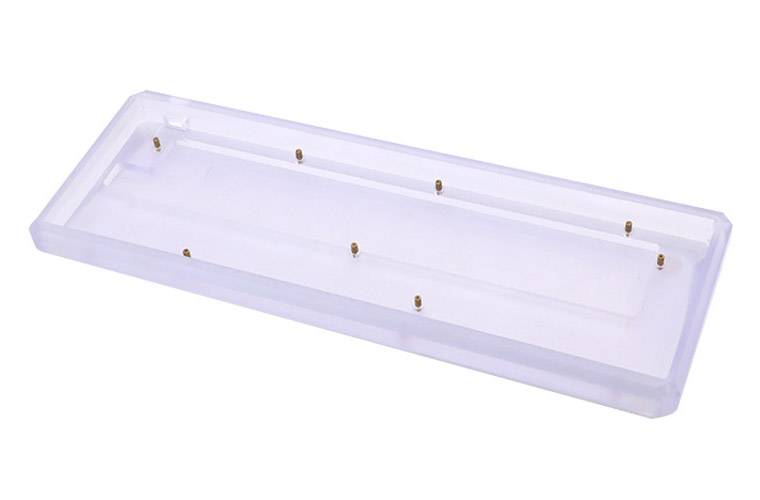
8. PEI (Polyetherimide)
PEI is a high-performance engineering plastic that offers excellent heat resistance, flame retardancy, and strength. It is used in aerospace, automotive, and medical applications where durability under extreme conditions is required.
There are several methods to manufacture plastic parts, each suited to different applications, materials, and production volumes. Below, we detail the most common plastic manufacturing processes and their key features.
CNC machining is a subtractive process that removes material from a plastic block to create a finished part. CNC precision machining is ideal for low-volume production, prototypes, or parts with tight tolerances. It is used in industries such as aerospace, automotive, and medical devices, where accuracy and precision are critical.
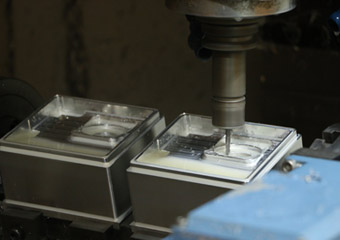
2. 3D Printing
3D printing, or additive manufacturing, creates plastic parts layer by layer from a digital model. This process offers unmatched design flexibility and is perfect for rapid prototyping or custom parts. Popular 3D printing methods include Fused Deposition Modeling (FDM), Stereolithography (SLA), and Selective Laser Sintering (SLS).
3. Injection Molding
Injection molding is a high-volume process where molten plastic is injected into a mold to form a part. It is highly efficient for producing large quantities of identical parts, making it ideal for industries like packaging, automotive, and consumer goods. The initial tooling costs for injection molding can be high, but the process becomes cost-effective at higher production volumes.
4. Extrusion
Extrusion is a continuous process used to produce plastic products with a constant cross-sectional profile, such as pipes, sheets, and tubing. It is cost-effective for large-scale production of items like plastic film, wire insulation, and window frames.
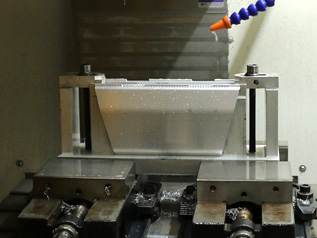
5. Thermoforming
Thermoforming involves heating a plastic sheet until it becomes pliable, then shaping it over a mold. Once cooled, the plastic retains the shape of the mold. Thermoforming is often used for packaging, trays, and enclosures.
6. Blow Molding
Blow molding is used to create hollow plastic parts, such as bottles and containers. It works by inflating heated plastic into a mold cavity to create the desired shape. Blow molding is ideal for high-volume production of uniform products.
7. Compression Molding
Compression molding involves placing a plastic material into a heated mold cavity, then pressing it into shape. It is commonly used for large, solid plastic parts such as automotive components, appliance housings, and outdoor furniture.
8. Vacuum Casting
Vacuum casting is a low-cost prototyping method used to produce small runs of high-quality plastic parts. It involves creating silicone molds and using vacuum pressure to fill the molds with plastic. Vacuum casting is ideal for producing small, intricate parts or prototypes.
Choosing the right plastic manufacturing method depends on several factors, including part design, production volume, cost, and material properties. Below are key considerations for selecting the best method for your project.
Part Design
Complex designs with intricate geometries may require CNC machining or 3D printing for low-volume production, while simpler designs suited to high volumes may benefit from injection molding or extrusion. Consider the dimensional accuracy, surface finish, and functional requirements of your part when selecting a process.
Production Volume
For small quantities, methods like CNC machining or 3D printing are cost-effective. However, for high-volume production, injection molding and blow molding are more suitable due to their ability to produce thousands or millions of identical parts efficiently.
Cost
The cost of tooling, materials, and labor varies depending on the process. For example, injection molding has high initial tooling costs but lower per-unit costs for high-volume production, whereas CNC machining has lower setup costs but higher costs for large production runs.
Delivery Time
Processes like 3D printing and CNC machining offer faster turnaround times for small quantities and prototypes. For high-volume production, injection molding or blow molding can deliver large batches quickly after the molds are made.
Material Properties
The choice of plastic material also influences the manufacturing method. Some processes, like CNC machining, work well with rigid materials like ABS or PMMA, while injection molding is compatible with a wider range of plastics, including polyethylene and PVC.
Quality control is essential in plastic manufacturing to ensure that each part meets the required specifications and standards. Below are key practices for maintaining quality throughout the production process.
Design Analysis
Before production begins, a thorough analysis of the part’s design is crucial to identify any potential issues that could affect manufacturing. This step involves assessing the part’s geometry, tolerances, and material properties to ensure that it can be produced efficiently and accurately.
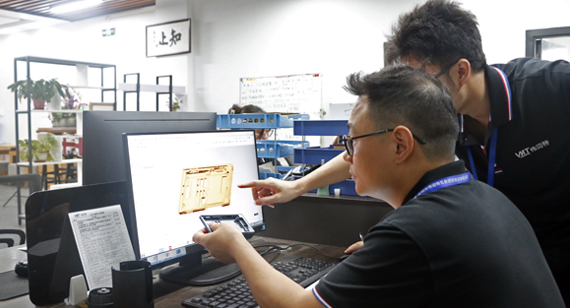
Material Quality and Consistency Check
Ensuring that the raw materials are of high quality and consistent across production batches is critical for maintaining product quality. Variations in material properties can lead to defects such as warping, cracking, or dimensional inaccuracies.
Process Parameter Control
Maintaining consistent process parameters—such as temperature, pressure, and speed—is key to producing high-quality plastic parts. Automated systems can help monitor and adjust these parameters in real-time to prevent defects.
Once the parts are produced, they must undergo quality assurance testing to ensure that they meet the required standards for strength, durability, and performance. This can include visual inspections, dimensional measurements, and functional testing depending on the application.
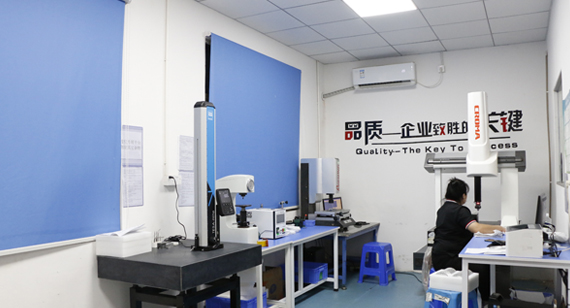
Selecting the right plastic manufacturer is crucial to the success of your project. Below are tips to help you choose a reliable partner for your plastic manufacturing needs.
Material Availability
Ensure that the manufacturer has access to the materials you need for your project. Whether you're working with ABS, polypropylene, or PVC, material availability will impact the production timeline and cost.
Manufacturing Capabilities
The manufacturer should have experience and capabilities in the specific processes your project requires. Whether it’s CNC machining, injection molding, or 3D printing, ensure they have the right equipment and expertise.
Production Capabilities
Consider the manufacturer’s ability to handle the production volume you need. A manufacturer specialized in CNC prototype machining may not have the capacity for high-volume production, whereas a factory with injection molding capabilities can scale production efficiently.
Production Costs
Request detailed quotes from multiple manufacturers to compare pricing. Keep in mind that the cheapest option is not always the best. Consider the quality of materials, production capabilities, and delivery timelines when evaluating cost.
Delivery Time
Make sure the manufacturer can meet your deadlines. If you need rapid prototyping or fast turnaround times, choose a partner who specializes in quick production methods like CNC machining or 3D printing.
At VMT, we specialize in delivering high-quality plastic CNC machining services to meet the unique needs of our clients. Whether you need CNC precision machining, CNC prototype machining, or full-scale plastic part production, our team has the expertise and advanced equipment to deliver outstanding results.
With over 15 years of experience in custom CNC machining, we ensure that every part meets the highest standards for quality, accuracy, and durability. Our CNC machining services are tailored to industries ranging from automotive to consumer electronics, offering fast turnaround times, flexible production capabilities, and competitive pricing.
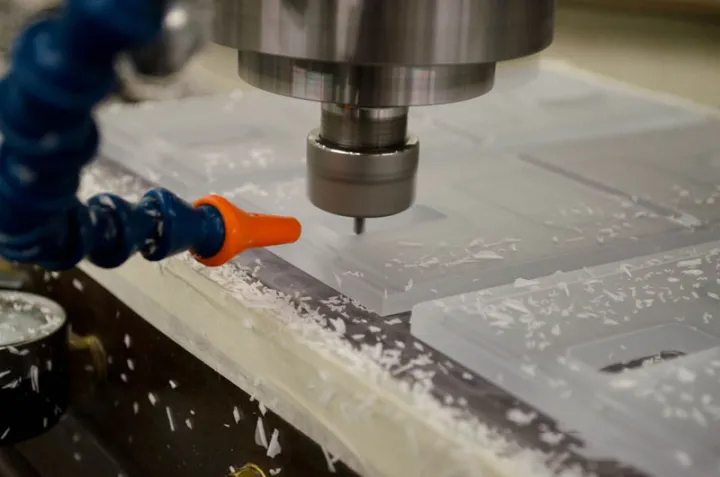
Plastic manufacturing offers a wide range of methods for producing parts across industries, each with its own set of advantages. From CNC machining for precision parts to injection molding for high-volume production, the right process depends on your project’s design, material, and production needs. By understanding the types of plastic manufacturing processes, materials, and quality control measures, you can make informed decisions to achieve the best results for your plastic products.
When it comes to plastic CNC machining manufacturing, VMT is your trusted partner for high-quality, custom solutions. Whether you need rapid prototyping or large-scale production, we have the experience and expertise to bring your ideas to life.
What Role Does Automation Play in Plastic Manufacturing?
Automation plays a critical role in improving the efficiency, consistency, and quality of plastic manufacturing. Automated systems help regulate process parameters, reduce manual labor, and enhance production speed.
What Are the Most Common Processes for Plastic Manufacturing?
Common processes include injection molding, CNC machining, 3D printing, extrusion, and thermoforming. Each process has its own applications based on part complexity, material, and production volume.
What Types of Plastics Are Used in Plastic Part Manufacturing?
Common plastics used in manufacturing include ABS, polyethylene, polypropylene, PVC, PET, and acrylic. Each material offers different properties such as flexibility, strength, and chemical resistance, making them suitable for various applications.
